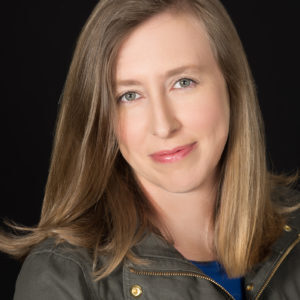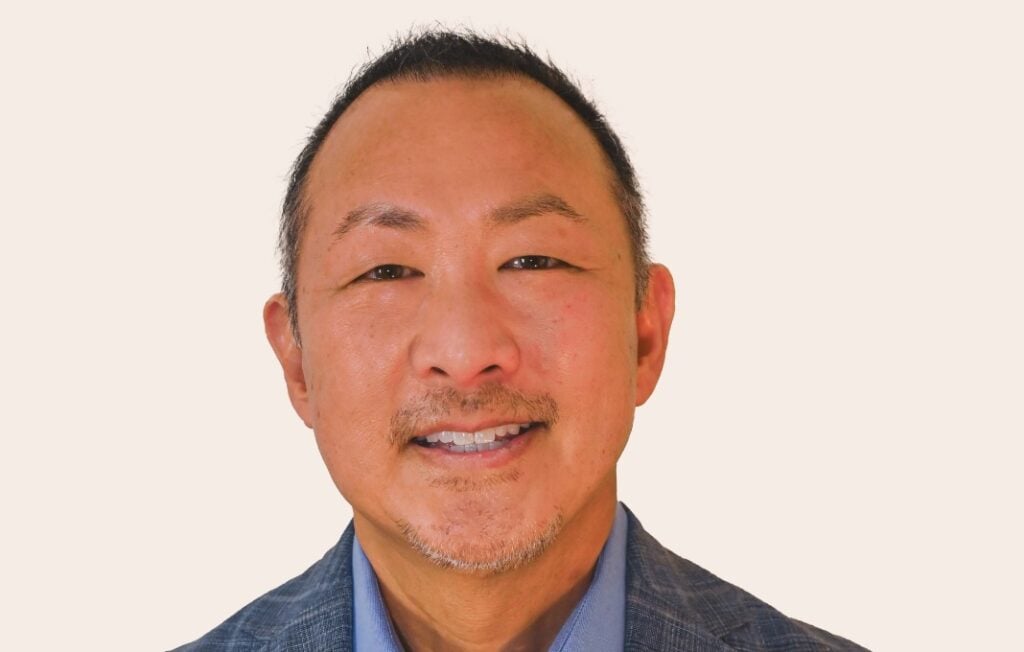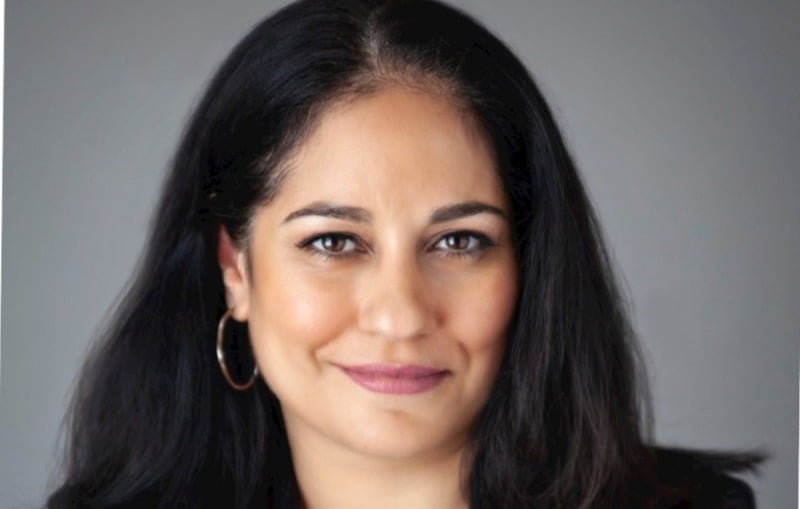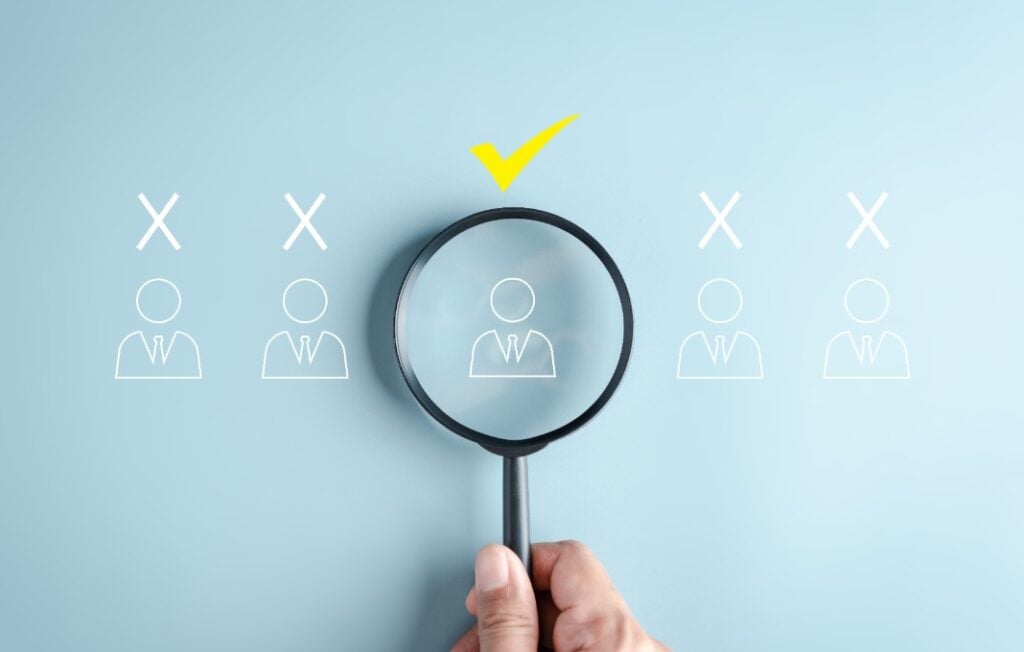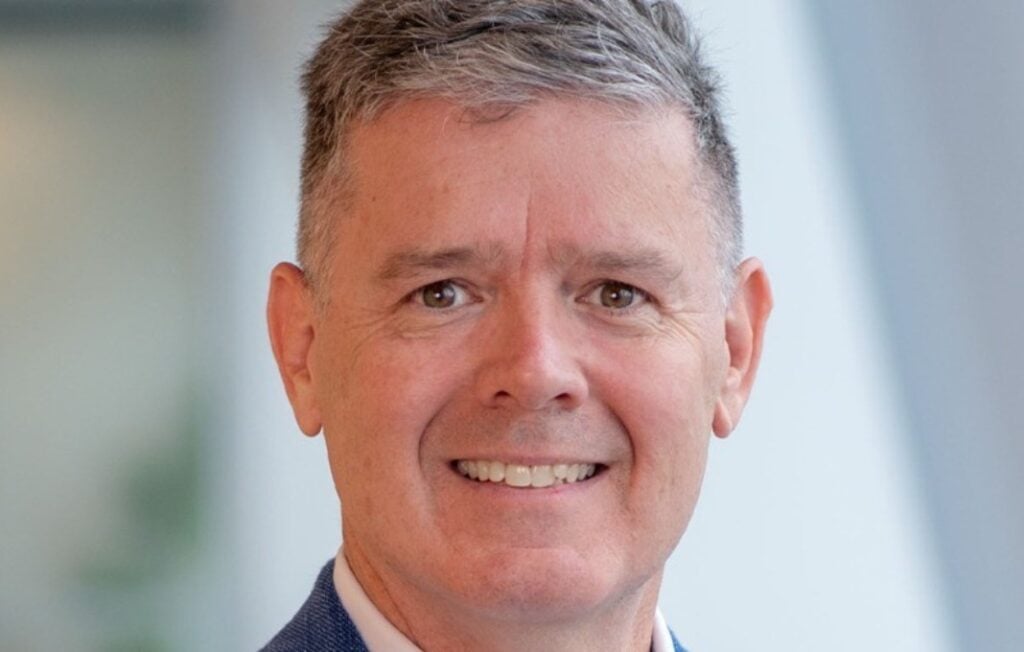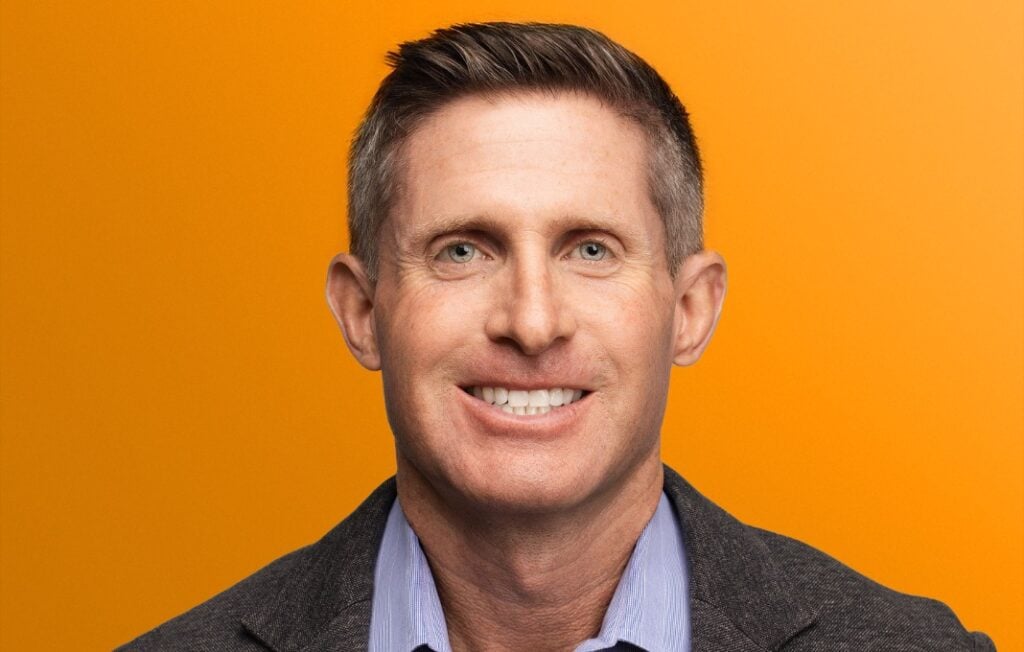When Dru Rai, CIO of Goodwill, gets pitched general digital solutions such as cloud computing, he is quick to emphasize how the organization’s unique, multifaceted approach differs from more traditional corporate enterprises given its core mission: to help people find jobs.
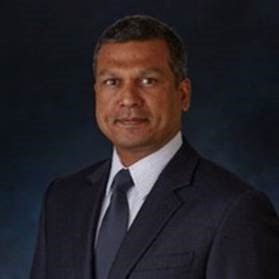
“We are probably in North America the largest workforce development and placement agency nobody knows,” Rai says.
Rai, whose past work includes posts at GM, GE and DuPont, nonetheless credits his experience at multinational companies with his ability to recognize and tailor to the varying needs of each Goodwill throughout the country.
“Call it comfort in chaos,” he says.
Rai talked with StrategicCHRO360 about cultivating a range of different digital options, fostering communication throughout a complex organization and Goodwill’s overarching goal of placing 500,000 people in jobs next year.
I understand you regard your role as CIO as non-traditional. What is different about your approach with Goodwill?
First, Goodwill is a federation of 156 companies, so we don’t have command and control. And each of these 156 businesses can range from a $5 million business to a $350 million business. Each comes with its own CEO, board of directors and everything else. The first difference is I provide them member services, but depending on shape, size and requirement. It’s kind of shared services, but a paid share services. Then as paid share services I need to be as efficient as any supplier of services. Whether it’s a POS system or case management system, HR system, all those things need to be done extremely efficiently because the only mandate from the central body is we want to make sure they are successful and their success financially and mission-wise basically is the value we get.
Financially, their success equals their paid dues. The more financially successful they are, the more dues they pay. The more mission successful they are, the better brand we have and we attract more investment in our network. So that’s the major difference. I provide them digital services and I have to compete just like anybody else. The second difference, in that sense, I run a P and L. And I partner with all kinds of companies from Microsoft, Google, just name it, and work with that partnership to serve them. And lastly, I raise my fund through charity. So we’ll go to Accenture, Walmart, Google or Aetna and raise funds to create digital platforms so we can serve our mission.
And our mission is to train and place people in jobs. Everybody knows about our donation retail operation, which is very large, but all the cash we generate from there and all the money being raised philanthropically is about jobs. Like last year, although the pandemic changed numbers drastically, we placed over a quarter million people in better jobs. We strive for way over minimum wage. We place people from electrical contractors to a Python programmer. That’s our mission.
So given this multifold effort involving the federation of 156 companies, I’m guessing there isn’t a one size fits all digital solution for them.
Yes. And that’s why the best way to get the commitment is to get paid. I have tiers of services. So for example, digital marketing. The digital marketing team for a $5 million, five-store Goodwill compared to a 90-store, $350 million Goodwill are completely different markets. The frequency, the sophistication, the tools, the assets we use to do the digital marketing. It could be the same as the POS system. If you’re running a $200 million store, we’ll probably recommend a more robust, more integrated, probably more costly POS system and implement and support that. Versus you have five stores and you’re just looking for a Square or a Revel, something you can just charge your customer and keep just an electronic register. And then you have everything in between—all kinds of automation. So that’s on the retail side. And same on the mission side. Our largest Goodwill probably places 25,000 people a year and the small ones probably do 100.
Can you tell me about your largest Goodwill?
From the revenue side, it’s very complicated, but we call it south Wisconsin and Chicago. Our territory has nothing to do with the way the states are organized but think about from south of Green Bay all the way to Chicago. That would be the Goodwill, which has $350 million revenue—they are the largest retailer. For placement, north Georgia is the number one in number of people. But then you get into a conversation about numbers versus quality. So, they may be more focused on construction, real estate, project management whereas other Goodwills are smaller, but they do technology, digital skills and so on. It’s all over the place—sometimes numbers can be deceiving.
You have a background at some of the largest companies in the country, GE, GM, DuPont—what carries over at Goodwill from those companies and what do you find is most useful in this current job?
That you really need to prove that your solutions are better than anybody else in the marketplace. And to partner with the right people. At GE we had like 260 companies, so it was the same problem —it was a global problem. What carries forward is the size and the scale and comfort in diversity, comfort in, call it chaos. Because a lot of my guys would run toward standardization very quickly. I tend to be more pragmatic, where the outcome is more important than the means to get to the outcome. Sometimes it’s OK to have multiple means. I focus on outcomes and that’s probably the thing I learned working for large and diverse companies.
This idea of ‘comfort in chaos’ you mentioned—what would be a good example of that from your recent experience?
Let’s take our mission. Obviously as a network we encourage our companies to do more, but we don’t go and tell them exactly how to do what. We give them processes, best practices, training, systems, analytics, data. We also raise funds and we train them and as I described, each company is at a different maturity level. Some of them are doing a lot, some are doing less. Then the pandemic hit and some of them are simply doing brick and mortar, some were starting to do online. So when you look at the current state of 156 companies all over the place and the path of each company to do more, it’s going to be a little different. Then what you do is instead of coming up with one way, you come up with six, seven ways, you know, not 156 ways. Size, for example, can be one thing. Placement, which heavily influences what kind of training you’re going to do, because the Goodwills, you can just imagine on the West Coast, especially in the southern side, they have tremendous connections with all tech companies, from startups to the Googles. So they focus more on digital. Developing digital training content and delivering those online, they were more prepared than folks in the Midwest. I cannot give them the same solution I’ll give it to some Goodwill in the middle of Pennsylvania. You have to figure out a few bigger chunks and you have to come up with five or six solutions.
One example applies to basic things like POS. Total we are a $7 billion business, but the smallest is $10 million, the largest is $350 million. The definition of POS is different, let alone systems. So you have choices all over the place. You’ve got to understand the outcome. They are here, they want to go this year or next year there. And once you step back and look at the outcome, then you can come up with four or five strategies, and they still may not cover everybody, but it will cover 70, 80%. So you say, ‘Everybody who’s less than $20 million, your cost structure will not support a really fancy system.’ And by the way, focus more on sales and inventory and leave everything else. If you are multi-million dollar, you can say, well, not only do you have to focus on sales and inventory, but also the donors. Let’s integrate that aspect of it. Pricing becomes a little more important there because you are growing and you want to continue to grow. You want to price right. And now because the site is bigger, financial reporting will become more tedious if you don’t have a little more automated system. Once you reach like $300 million plus, then you’re like, well, what about timecard and HR training and all the other stuff. Your POS suddenly turns into an integrated ERP, POS flex, some HR component. So that’s an example of size, scale scope and the kind of work.
How do you manage this as a network—do you group the various Goodwills together by size or geography to collaborate or share ideas?
We have multiple forums. We have regional associations regardless of shape and size. We also have associations or affinity groups by size. Then I have affinity groups by solutions. There is a POS solution group ERP solution group, basic IT infrastructure and a collaborations user group, mission technology user groups. Those user groups provide the foundation for best practices. There are multiple ways to connect. I have to do at least four or five different ways to hit most of them.
It sounds like there aren’t a lot of parallels in the strictly for-profit space.
We don’t have shareholders, no. So sometimes our mission is to simply serve our own people. You will see some Goodwills will say instead of just helping outsiders, how about I employ them and they get trained while employed. Incarcerated people who will never get a chance, people with drug addictions who will never get a chance, people with disabilities will never get a chance, veterans. We also just simply employ; they learn and then they move on.
Given this dual mission, how do you measure success at Goodwill?
Our ultimate mission is to train and place people. Our donation retail is just a means to an end. So our success simply counts how many people ultimately we put to work and whether it’s inside our company or outside, that’s our kind of success.
What are the biggest challenges that you’re dealing with right now and how are you solving them?
Oh, there are multiple. Actually, donation retail has become a hit. In my day, going to Goodwill was not a great thing. But now my kids, who are well off, they will go and find one of the unique things. Now, attracting people is not that difficult.
Attracting donors is probably the key—how do we attract the best donors? And what I mean is the best stuff, because nobody’s going to take a trash and buy a trash, right? So how do you attract the best donors and say, thank you and engage them overall? Because a lot of them are becoming customers also. They will donate on this side and grab a couple of things on the other side.
That’s number one, number two: the labor shortage, the minimum wage regulation all requires us to keep working on automation. We have computer visioning to find out if the clothes quality is something we should put on the floor, so we are putting RFID on some of them—barcoding. There’s a lot of processing automation. We do approximately $1 billion transactions every year between e-commerce. Also, I collect everybody’s POS data and I provide them what we call price elasticity so that they can price the product right. Not too much, not too little. If you price too much, it will stay in the store for too long. And that is not good because the donation keeps coming. If you price too little, you leave money on the table.
To follow-up on the idea of attracting the best donors, I wouldn’t have thought that would be a challenge during the pandemic when it seemed everybody cleaned out their closets and attics. Have you found a solution to attracting the best donors?
I learned very quickly that the success was not consumer. The success was donor. People already know us, who we are. We are a thrift shop, we are one-of-a-kind, and we are kind of a treasure hunt. And we want to get them deals—we want to get them even the best deals. And for that, the best donation we can get from a donor will make us successful. So how do you attract them? How do you say thank you? How do you keep asking them to keep coming? How do you say thank you that your donation helps create jobs? How do you give them electronic tax receipts so when they are filing the tax returns 12 months from now, they will remember to deduct it? It’s a lot of little things. I’m trying to create a sticky donor. And that’s one of the key digital things I’m working on.
It sounds like this remains a focus, you haven’t necessarily solved it all yet.
No, I think that will show up in the revenue, then it will show up in our mission—we are a 130,000-employee base. And even in the pandemic, we were able to put almost 200,000 people to work. So if you think about it, we have about 350,000 people every year. I’m hoping next year, our target is 500,000 people. So let’s see if we can get to that.

